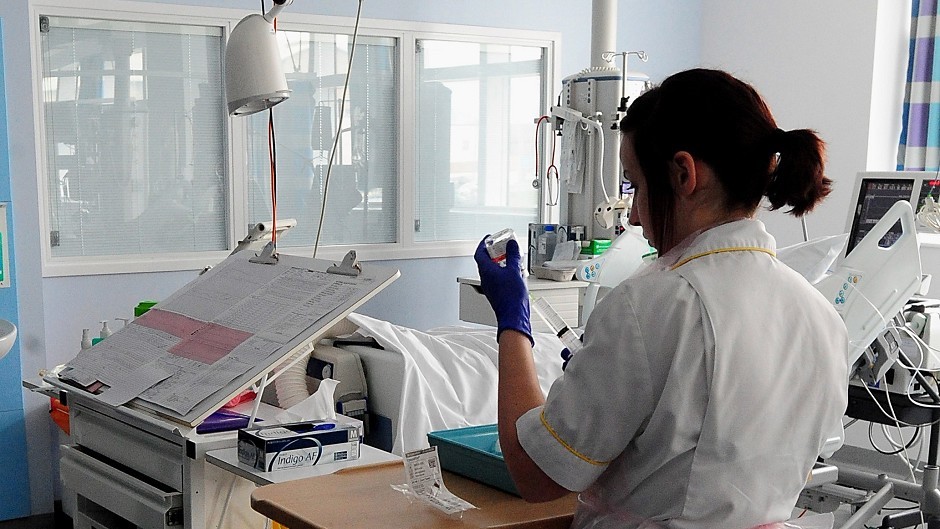NHS Highland has racked up the biggest bill in Scotland for agency nurses with £9.8m spent on the temporary workforce in the past year.
The cost is more than two-and-a-half times the second highest bill, which added up to £3.8m for NHS Lothian.
A newly qualified staff nurse gets paid approximately £12 an hour before tax and other deductions but higher costs can be commanded by those hired through agencies.
Health boards – facing ongoing recruitment challenges – are also forced to pay finders fees to the recruiter.
UK Health secretary Jeremy Hunt recently condemned “rip off” agencies with the Scottish Government also vowing to drive down agency costs.
The £9.8m agency bill in NHS Highland does not include the use of bank staff – and internal system that allows staff nurses to top up shifts and income and others to get flexible working hours.
A spokesman for NHS Highland said there were 1,850 nurses working the bank but that the total payments made to bank staff were not immediately available.
Separate figures also show that NHS Highland has the equivalent of 101 full-time nursing and midwifery posts going unfilled. This is up from 86 at the end of March 2014.
Dr Ken Proctor, associate medical director for NHS Highland, said the use of agency staff was necessary for a number of reasons.
He said: “These include the need to accommodate pressures o service demand and the requirement to backfill crucial vacant posts as a result of sickness, maternity leave, or recruitment difficulty.”
Norman Provan, associate director of the Royal College of Nursing in Scotland, claimed there was a “boom or bust” approach to nurse recruitment.
He claimed that historic cuts to numbers of trainee nurses and staff nurses had now been reversed but that the numbers still lagged behind demand.
Mr Provan said: “Up until recently, this move away from agency spend had been successful. But, as these figures show, it is now increasing again as the result of the boom-and-bust approach to Scotland’s nursing workforce.”
Rhoda Grant, MSP for Highlands and Islands (Labour), said she understood NHS Highland was not having difficulty recruiting.
She said the issue was driven by boards not filling posts to save money
“Its a false economy. People keep staff numbers low and it takes just one person to take sick and then they have to fire expensive agency staff.
Ms Grant added that permanent staff also helped to improve the patient experience.
